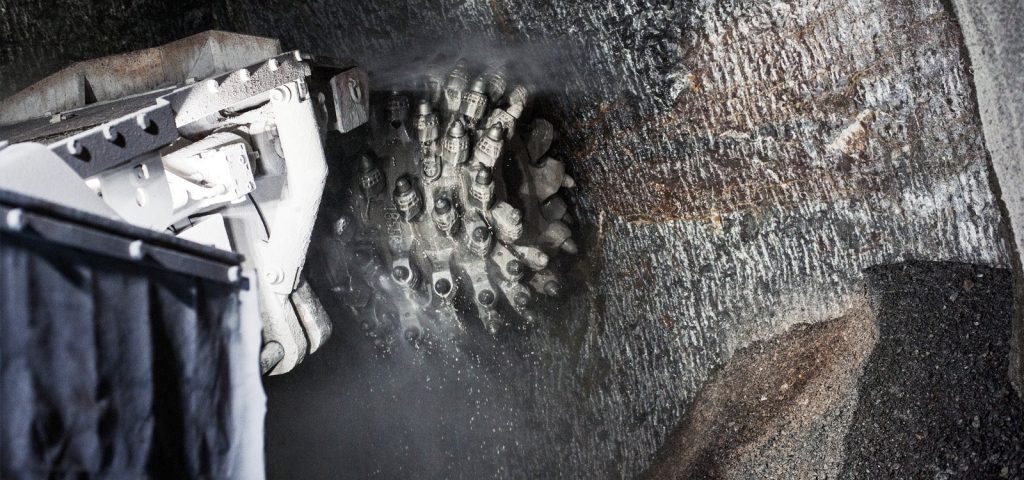Through the development of a third shaft, combined with improvements in mining productivity, Barrick-operated (75% owned) Turquoise Ridge gold mine has the potential to increase output to an average of 500,000 oz/year (100% basis) at a cost of sales of $750-$800 per ounce, and all-in sustaining costs of about $625-$675 per ounce. The project is expected to require capital expenditures of approximately $300-$325 million (100% basis) for additional underground development and shaft construction. All necessary permits for a third shaft are already in place.
Surface preparation works began in the third quarter 2017, and included moving 95,000 cubic yards of earth, setting up storm water diversion infrastructure, and extending utilities to the shaft site. This work is expected to be complete by the end of 2017. Contracts and materials to support medium and high voltage electrical distribution, water handling and sewage treatment have been purchased, and a tender process is now open for the shaft sinking contract.
Barrick stated in its Q3 report: “In keeping with our phased approach, construction on a ventilation shaft could begin in the second half of 2018, at roughly half the total capital expenditure of a full production shaft. This ventilation shaft would allow for expanded underground mining using existing infrastructure, and could be equipped and converted to a full production shaft to increase the mine’s output to approximately 500,000 oz per year.”
During the quarter, Turquoise Ridge also took delivery of its first MH620 road header from Sandvik. “Building on the successful use of this technology at Cortez, the road header will enable the mine to transition to mechanical cutting, rather than traditional drilling and blasting, improving overall productivity and throughput at the operation, and supporting the increased hoisting capacity that a third shaft will support.”
The company already has extensive experience with the Sandvik MH620 at Cortez. Weighing 125 t, the Sandvik MH620 cutting the Range Front declines at Cortez is one of the world’s largest roadheaders. A 300 kW cutting motor drives twin rotating cutter heads that are manoeuvred by a large hydraulically-operated boom. The Range Front declines are expected to take three years to complete. Each decline is projected to be at least 2,200 m long and Barrick plans to install a conveyor in the east decline to transport ore to the surface at a significantly cheaper cost than haul trucks, which will still be used underground for moving muck to the conveyor and for backfill. To develop the declines, Sandvik MH620 loads the cut material into Sandvik TH430 trucks for transport to surface. Metal ducting that will improve ventilation underground is installed section by section as the roadheader advances.











